Every country has its landmark promoted in all tourist guides, such as the Eiffel Tower in Paris, the Cathedral of the Holy Family in Barcelona, or the Pantheon in Rome. But the USA is too large to be designated by one or two sights. Each state here is a state of its own with its own laws, taxes and, of course, iconic tourist attractions. Virtually every state has its own “landmark”, but Arizona stands out among the others. Here you can spend a whole vacation without leaving the state, and you’ll have many things to explore. But one sight stands above the rest. I’m talking about the Grand Canyon National Park, which is also the most famous canyon in the world.
- Grand Canyon: location
- Indian tribes at the Grand Canyon
- The Colorado River
- Admission fees
- Accommodations in the Park
- South Rim
- Canyon’s wildlife
Grand Canyon: location
The Grand Canyon is located on the Colorado Plateau. The Colorado River runs in the middle. Founded in 1919, it is one of the oldest national parks in the United States. The Park is more than 446 km long, and some sites are 1,600 m deep. When you’re in the Grand Canyon, you can literally see the past: almost 40 layers of different rocks of different ages in the Grand Canyon. Their minimum age is 270 million years, and the maximum – 1 billion 840 million years. Scientists failed to find remains of dinosaurs in the Grand Canyon meaning only one thing – the Canyon is much older.
To see the Canyon, head off to the north of Arizona. Las Vegas is the closest city and the most comfortable point to start your journey to the Canyon. The national park has two parts: the South Rim and the North Rim. The South Rim is the most visited place in the Canyon, while only 10% of all visitors explore the North Rim. More than 4 million tourists visit the park every year, making the Grand Canyon one of the most visited tourist attractions in the USA.
The Canyon’s name itself drops a delicate hint of its sizes. Interestingly, this canyon is neither the largest nor the deepest on the Earth. It is second to the Canyon Tsangpo in Tibet and the Colca Canyon in Peru. But this place seemed to be so huge to the Spaniards who discovered it in 1540, so they didn’t give it a second thought and named the place the Grand Canyon.
Indian tribes at the Grand Canyon
Long before the Spaniards, this place used to be home to many Indian tribes that lived in the bottom of the Canyon. Today, adventurers can go down to the bottom of the Canyon and stay for a night at a reservation of Indian tribes who still live there. That’s however for an extra fee. For example, the Indian tribe called Havasupai (that means “people of the blue-green waters”) have lived in the Grand Canyon for at least the past 800 years. It is they who take care of waterfalls in the Grand Canyon and it is they who decide whether to permit access to the most beautiful waterfall – Havasu. The access to the waterfall is limited to only 20,000 visitors a year.
Also, a part of the Grand Canyon belongs to another Indian tribe Walapai (that means “people of the tall pines”).
The Colorado River
The Colorado River that seems a small stream from an aircraft window runs along the Canyon. Indeed, this is a strong full-flowing river, the true “Maker” of the Grand Canyon that shaped it and formed its incredible landscapes. It is 2,330 km long and it runs through 7 states: Colorado, New Mexico, Utah, Arizona, Wyoming, California, and Nevada. The age of this river is estimated at about 5 million years. If you like extreme sports, you’ll certainly enjoy a rafting tour down the Colorado River, however the number of places for these “attraction” is very limited, so make sure you book your tickets far in advance. Depending on the location and the length of the rafting tour, arm yourself with patience as you may have to wait a year, or even two.
The importance of the Colorado River can hardly be overestimated. It provides fresh water to about 40 million people and serves many industrial and economic purposes. At the beginning of the 20th century, the Americans decided to build a water reservoir to provide an interrupted water supply to California and neighbouring states. So, Hoover Dam, another landmark that attracts lots of tourists, was built in the lower reaches of the Colorado River.
Admission fees
A single entry ticket costs 30 dollars per car. Motorcyclists and pedestrians without a car pay 25 and 15 dollars, respectively. If you are a lucky owner of the annual pass to all US National Parks, your admission is free. Such annual pass costs 80 dollars and is available at an entrance to any National Park or online.
When you’re in the Park, remember to follow the signs and don’t stop your car in unauthorized places – park rangers monitor how drivers abide by the traffic rules. By the way, park rangers may fine you for a traffic violation – their powers are similar to those of the traffic police. In another park, we violated car parking rules and immediately saw a fine on our windscreen. The fine is final and without appeal.
Accommodations in the Park
If you would like to spend more than a day in the National Park, you can stay in local lodges. All the options are available at the official website. Please remember that there are limited or no vacancies in the summer. So, planning ahead will save your time and nerves. If you came to the Park on a motor home or have a tent, you can stay overnight at specially designated sites. Please note that some camping sites are closed in winter. For more details click here.
If you’ve not booked an accommodation in advance, but still would like to stay for a few nights in the Canyon, don’t give up! There is the Tusayan village two miles away from the entrance to the Grand Canyon. The accommodations are much cheaper there, however you will not enjoy a spectacular view on the Grand Canyon from your window.
South Rim
Today, the south side of the Park, called the South Rim, is the most popular and most convenient place for tourists. It is open to visitors all year round, 24 hours a day. Here you will find many places for parking, cafes, souvenir shops, hotels and even a bank branch. In other words, here’s everything to make your stay as comfortable as possible. There is a 22 km trail well-trodden by visitors with many scenic viewpoints to admire the incredible landscapes of the Grand Canyon. Walking from one viewpoint to another makes no difficulty. But if you come by bus on your own, that’s quite a different story. In this case, so-called shuttle buses may be very helpful. They have three routes designated with different colours (blue, red and orange) and run according to their timetable and can take you to any point in the southern part of the Canyon.
Every viewpoint is marked with special signs and there is a small parking site near it. We visited the Canyon in December that is considered a low season. Nevertheless, we sometimes have difficulties with finding a parking slot. Imagine what is going on there in summer, when the season is very high.
Canyon’s wildlife
Whenever you visit the National Park, there are very restrictive rules on how you’re permitted to interact with the nature. You’ll see many deer, hares and other animals living there. However, in no case you can approach them and try to make contact. Park rangers immediately stop your attempts in a rather blunt manner. For example, we saw a herd of deer crossing a road despite lots of people and cars. When I approached them closer just to take a picture, a park ranger shouted at me and showed to keep away from them – I could infringe animals’ right to privacy. This is strictly prohibited. So, look at animals but keep the distance.
Many wild animals live in the Canyon too, and there are several nests of bald eagles, the national symbol of the USA. They are very rare today. No surprise, all its representatives are under special protection, and every nest is under a very close attention.
The Grand Canyon is a totally different world you step in and completely forget about all your troubles, big or small. Indeed, watching such incredible miracles of the Nature gives us an understanding of how insignificant our concerns are in comparison with the greatness of our Earth.

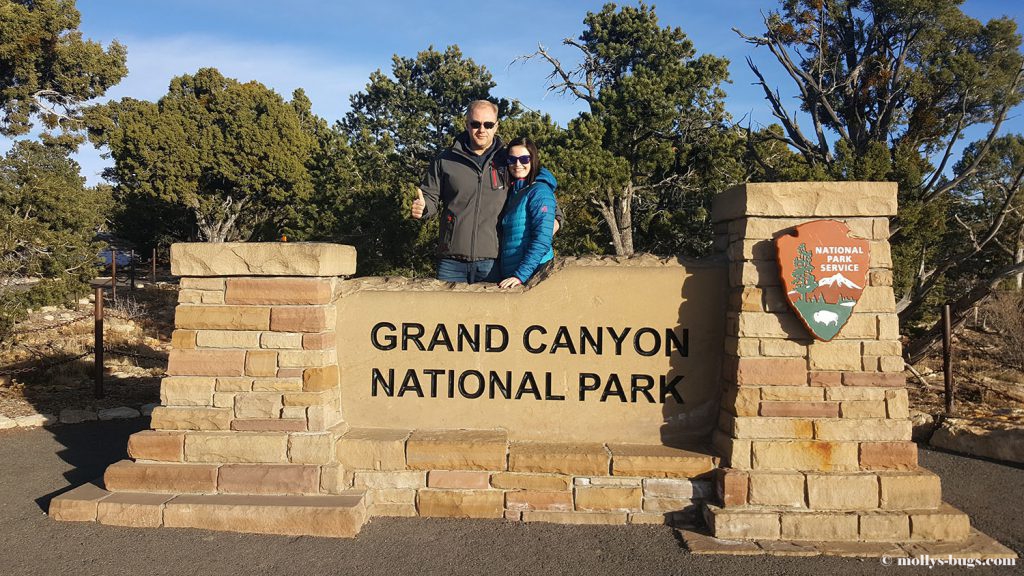
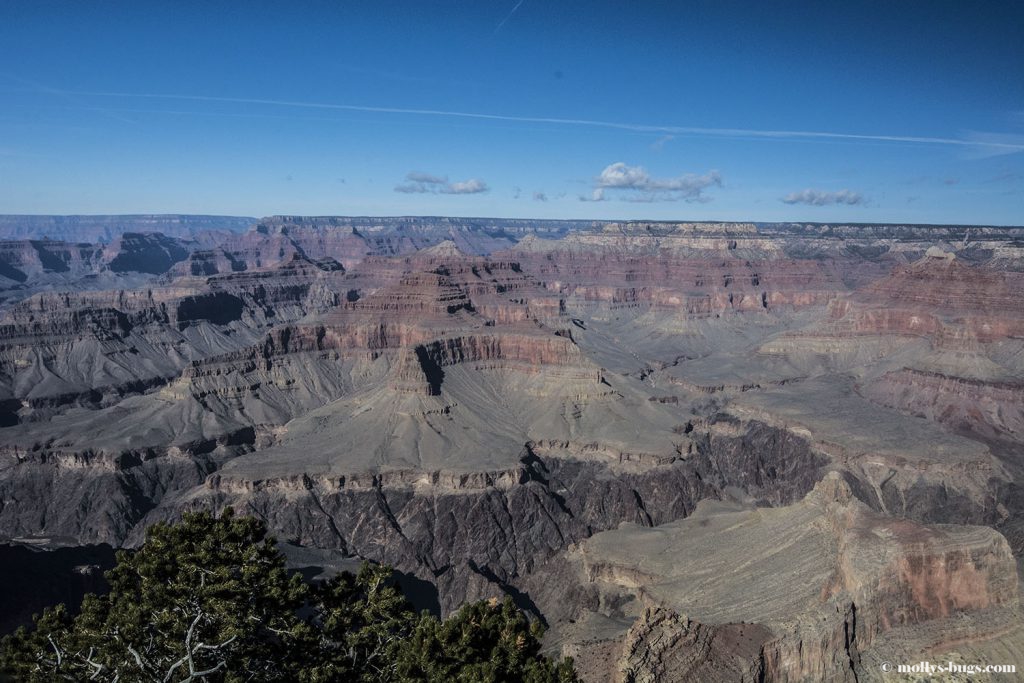
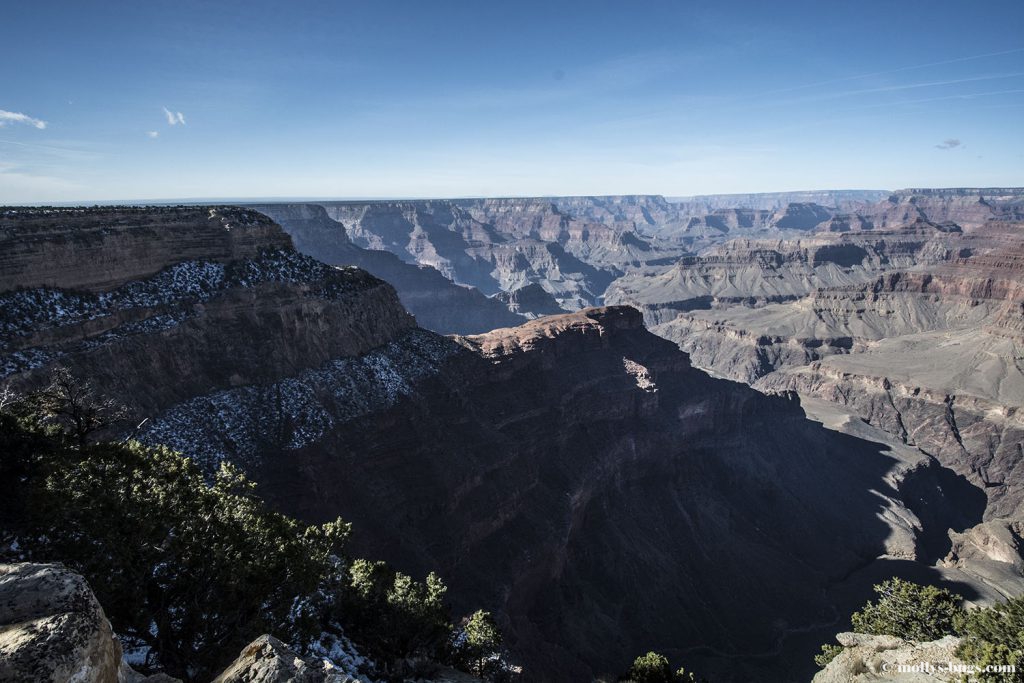
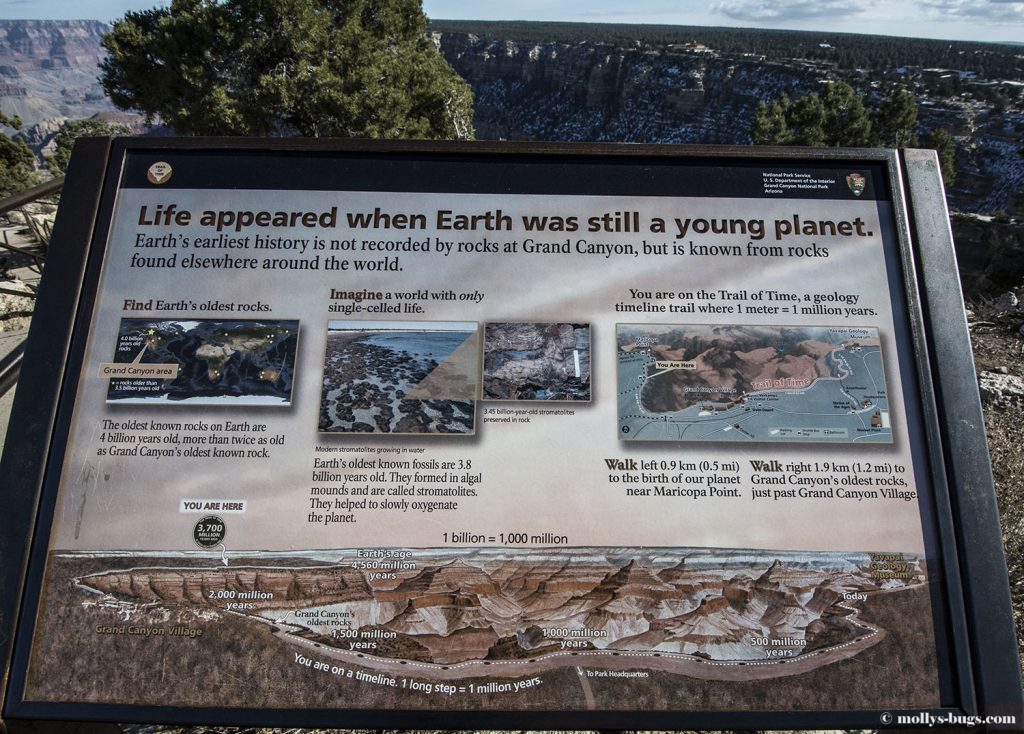
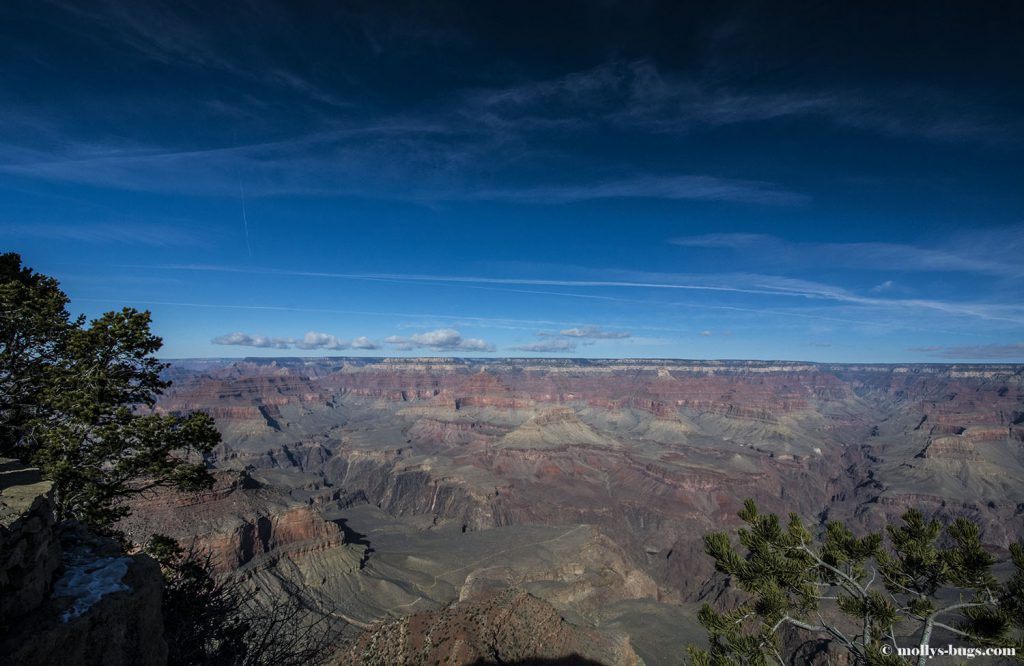
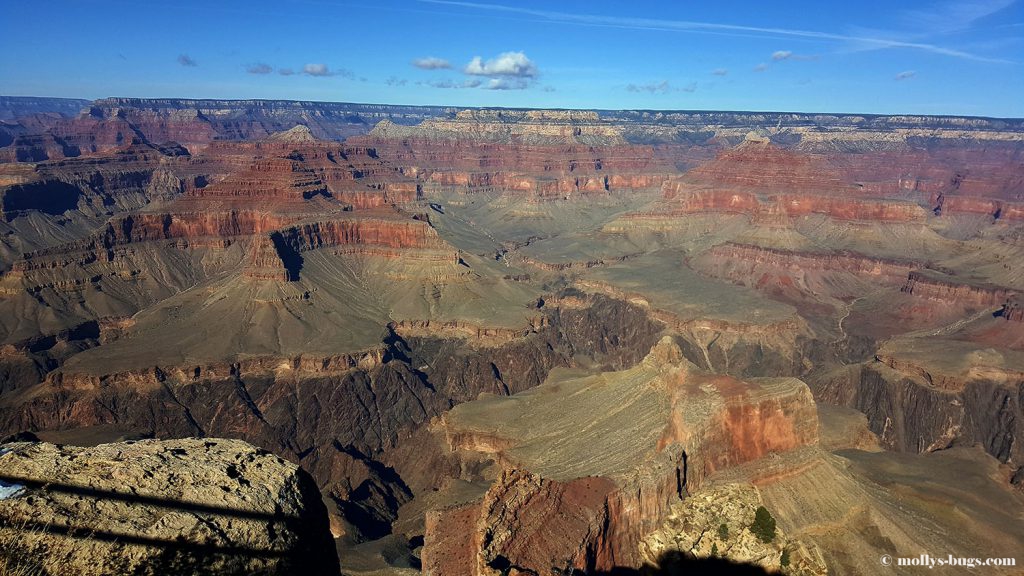
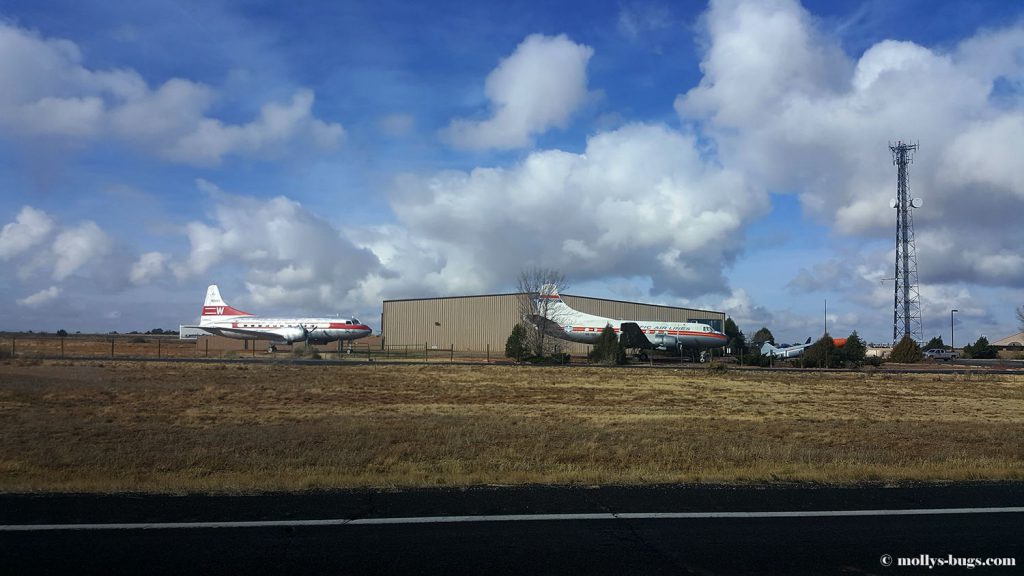
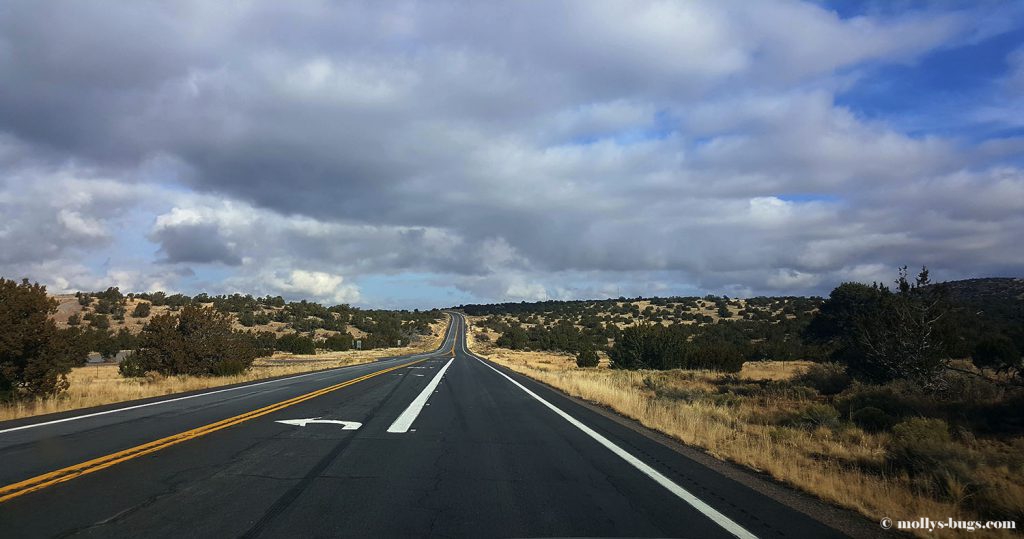
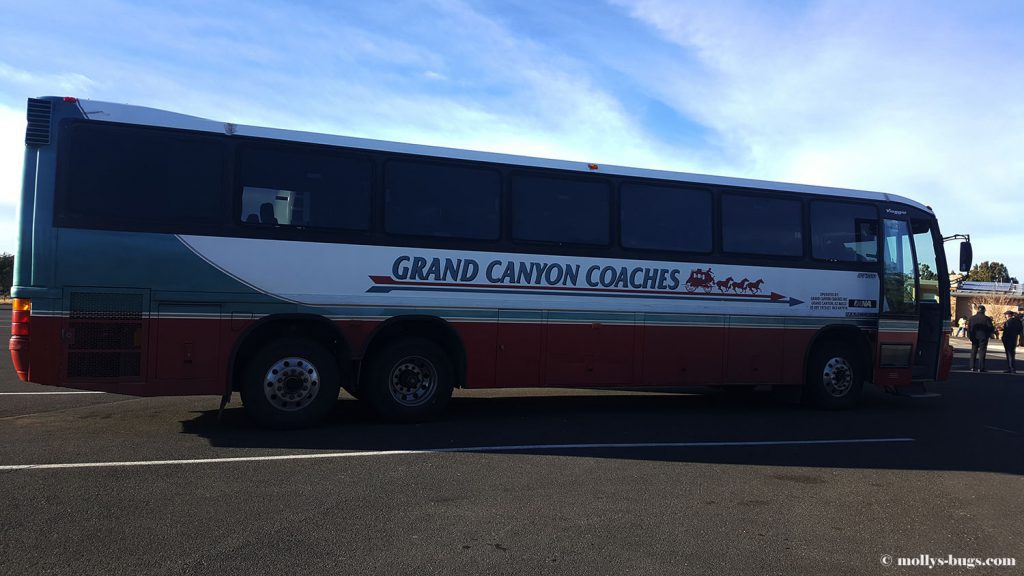
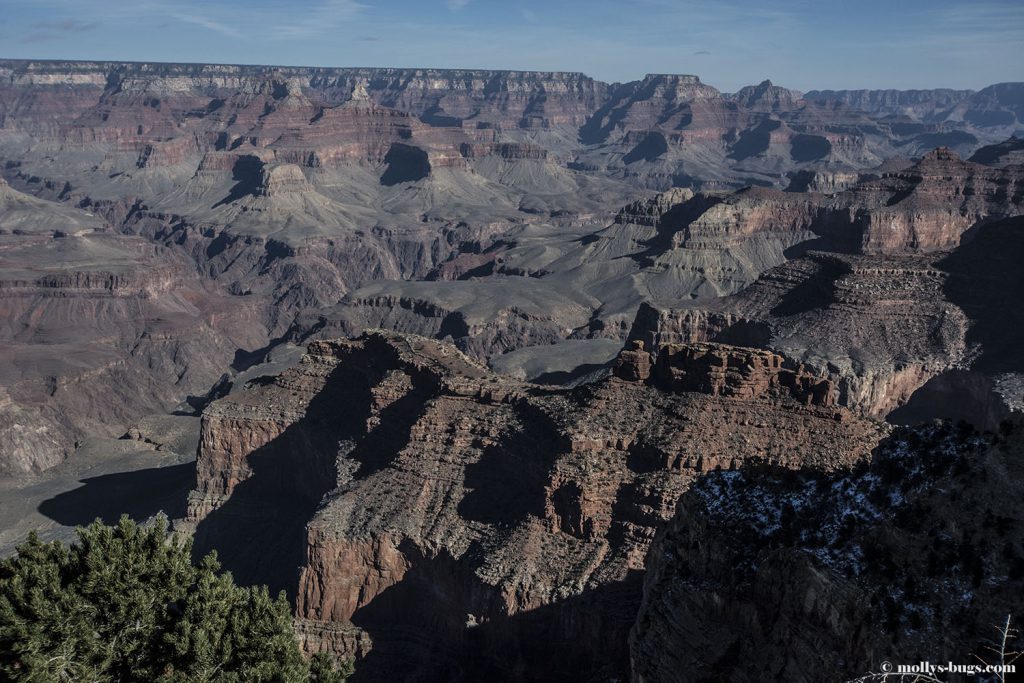
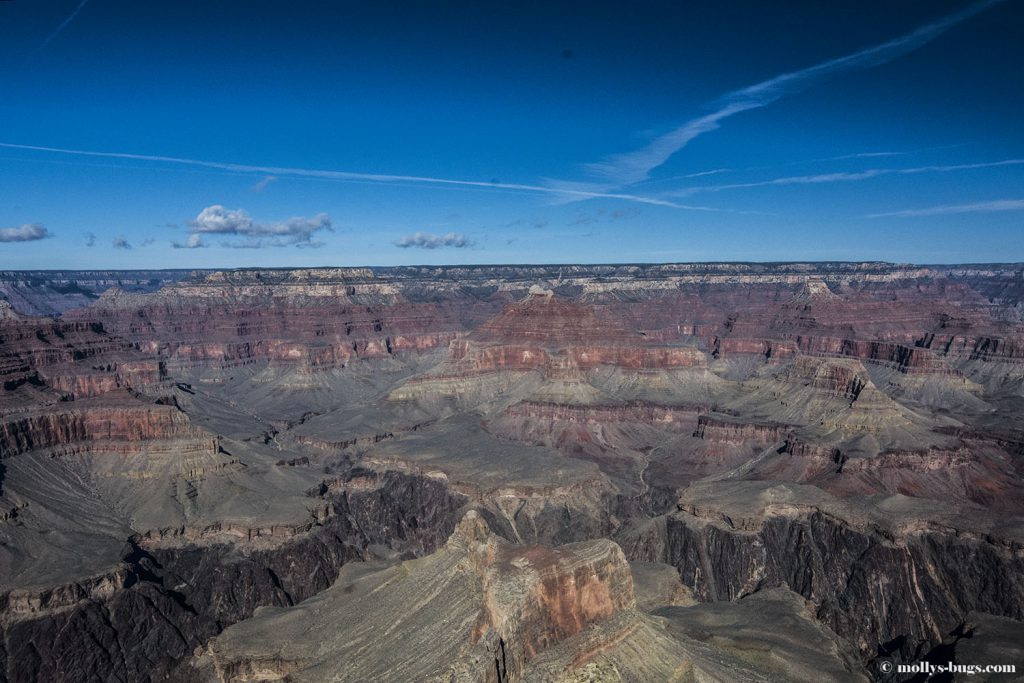
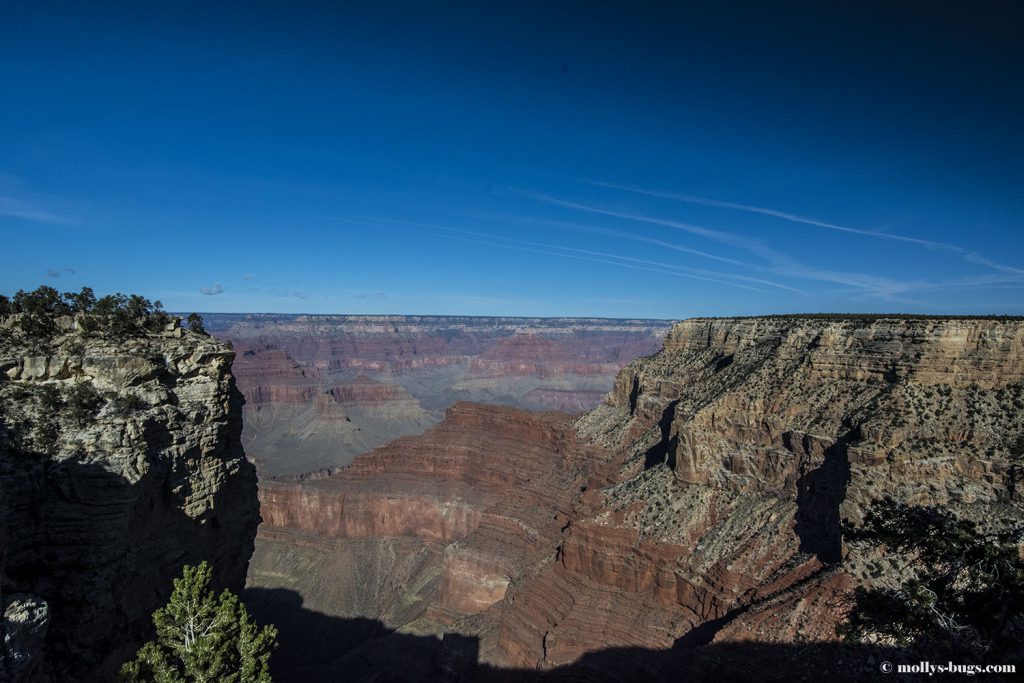
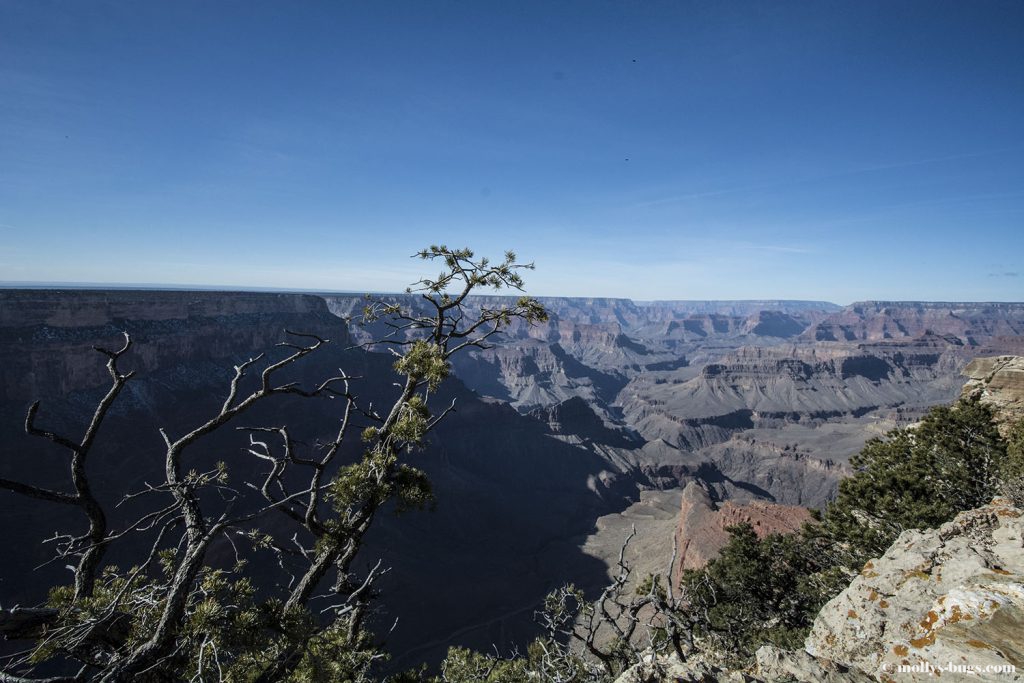
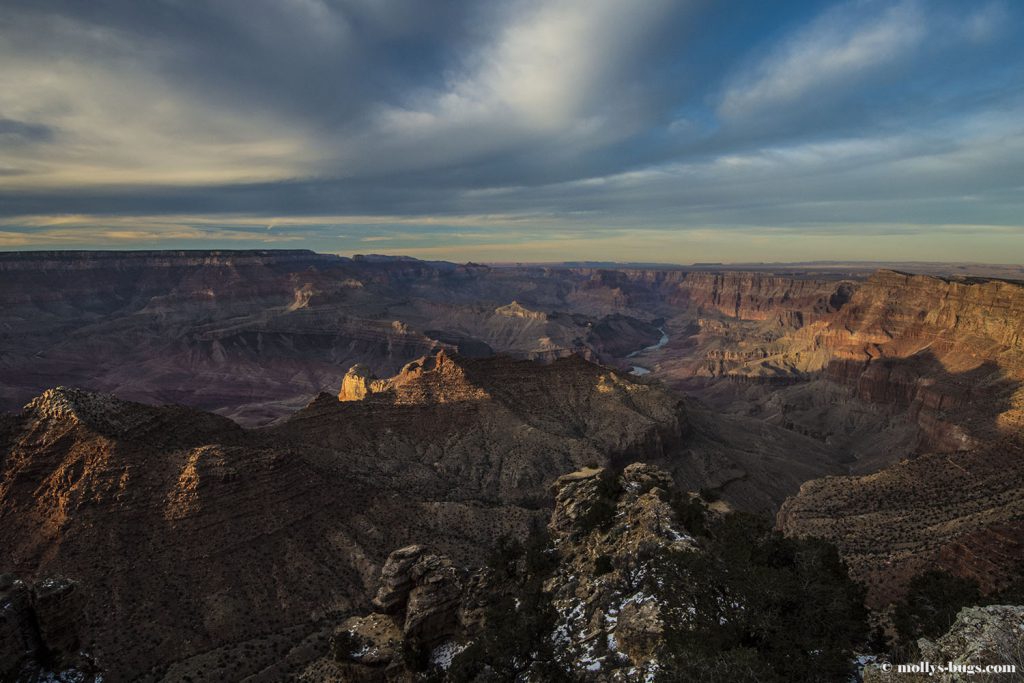
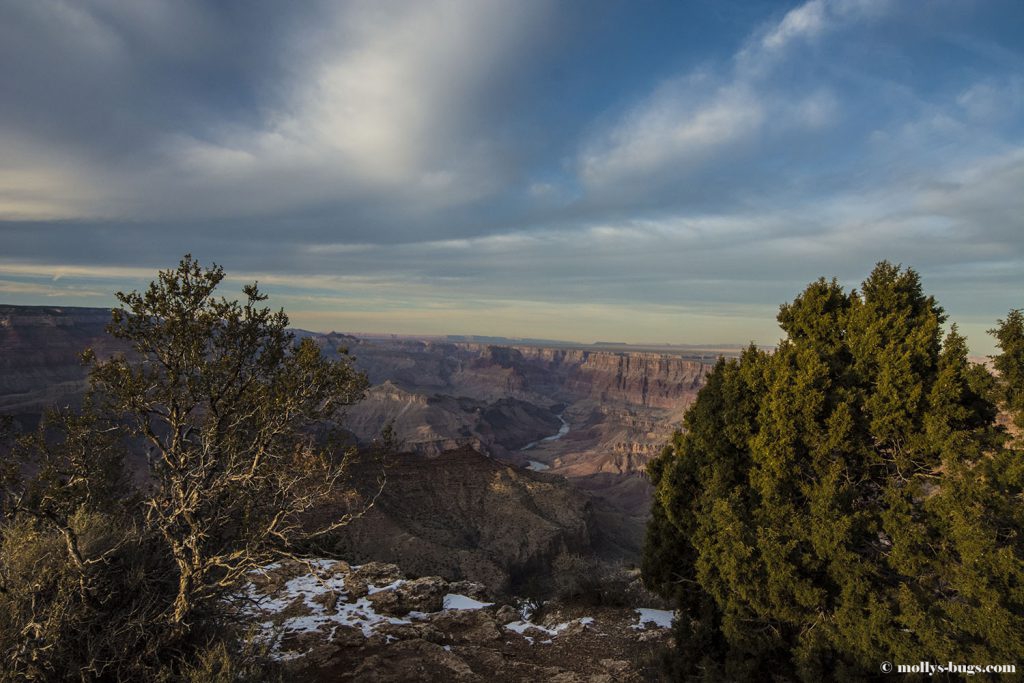
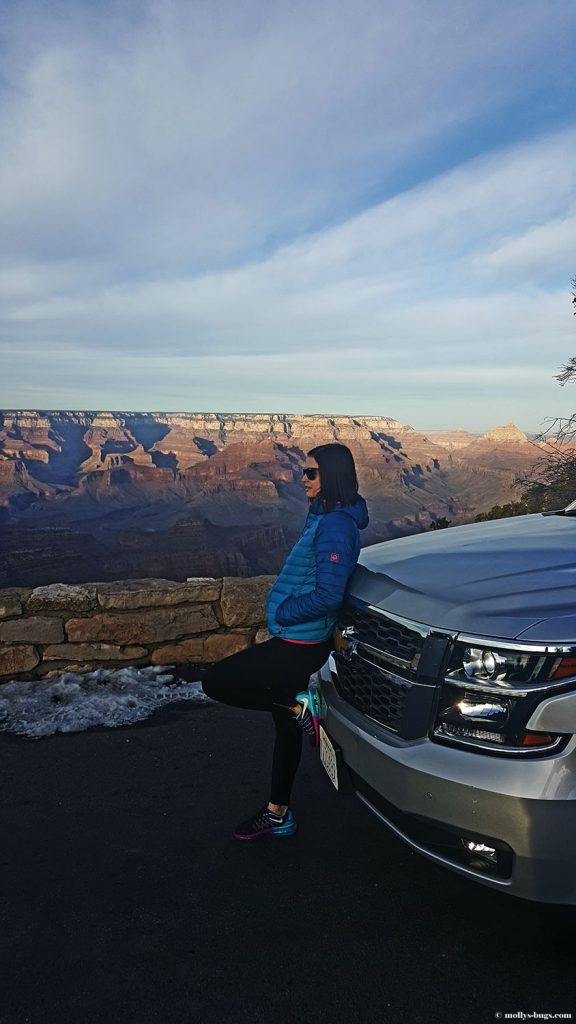
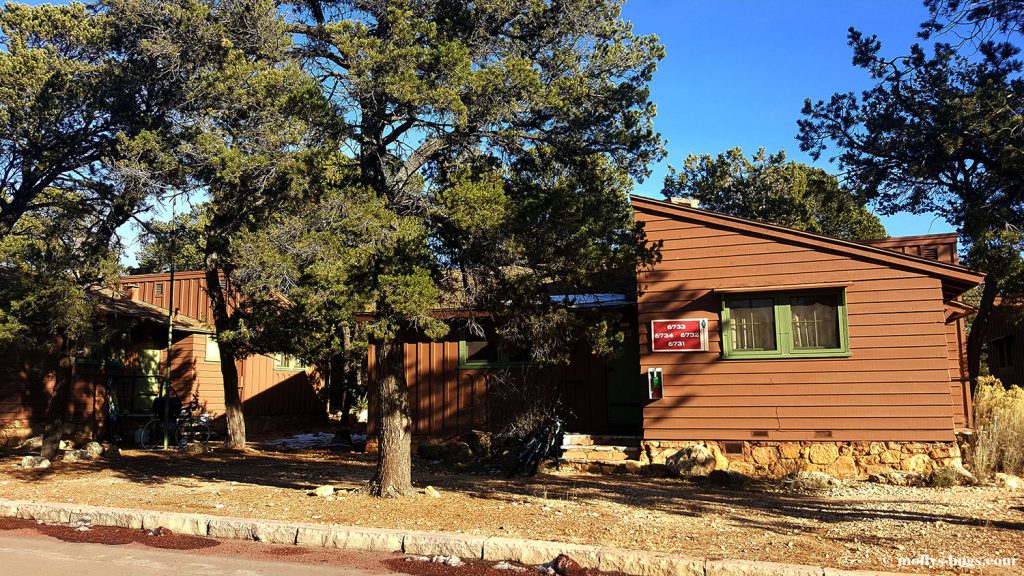
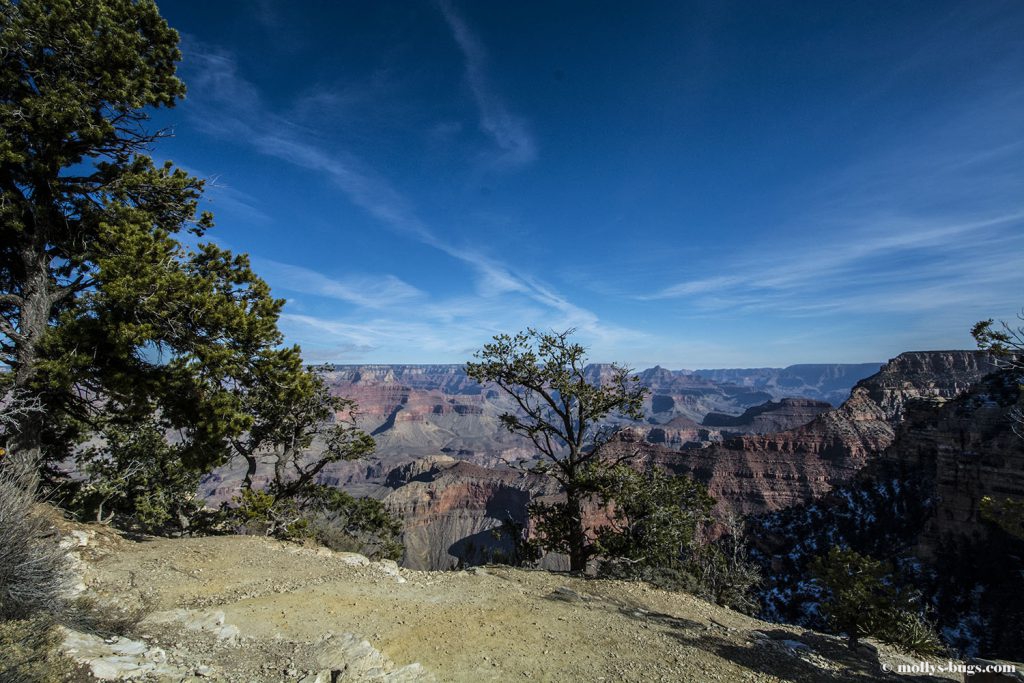
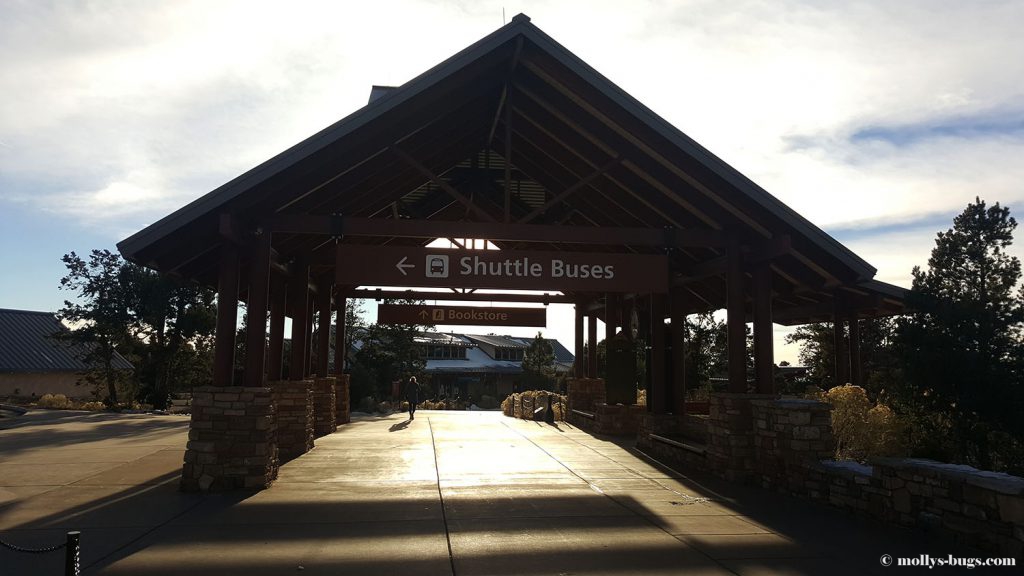
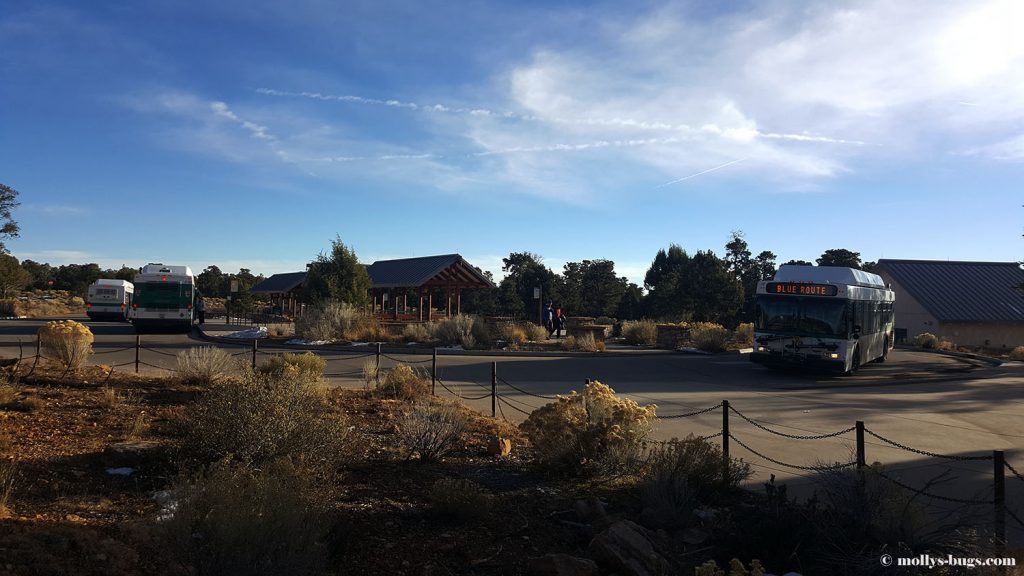
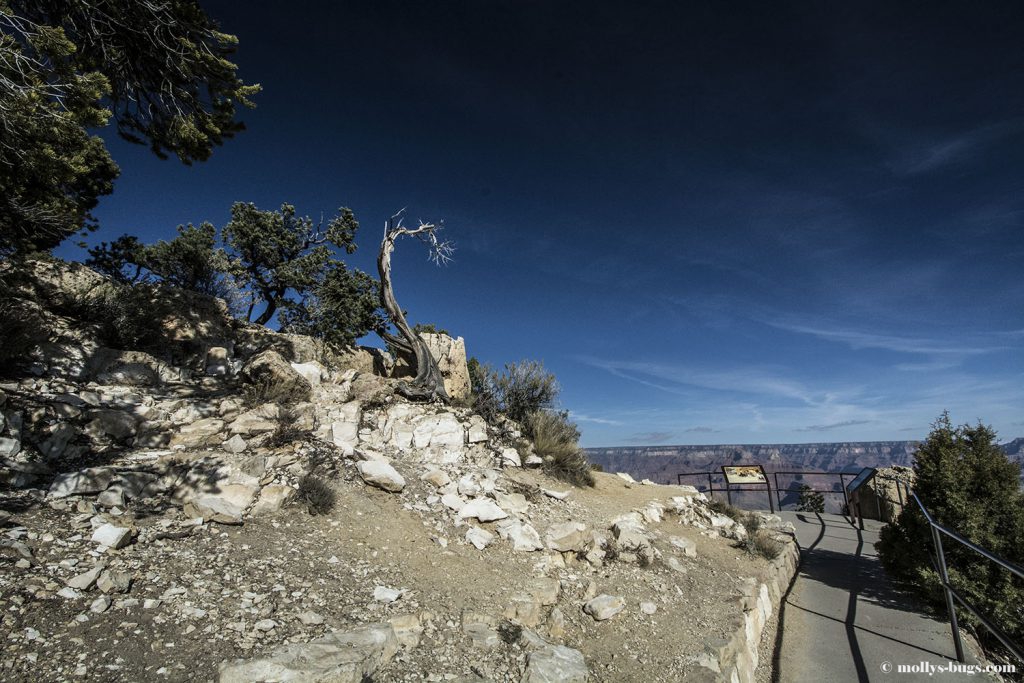
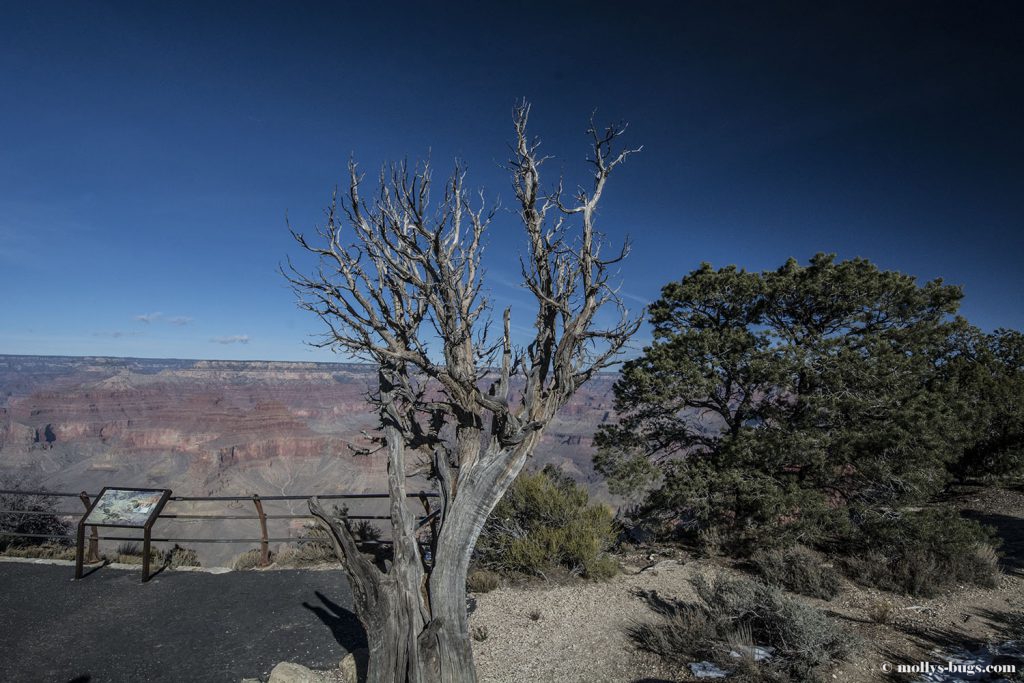
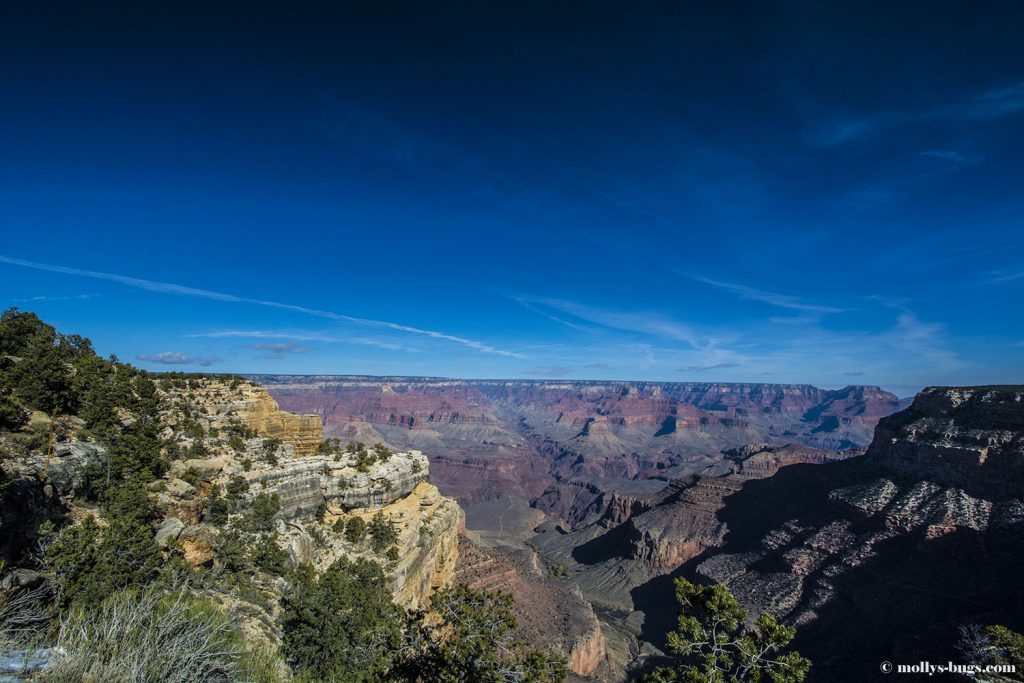
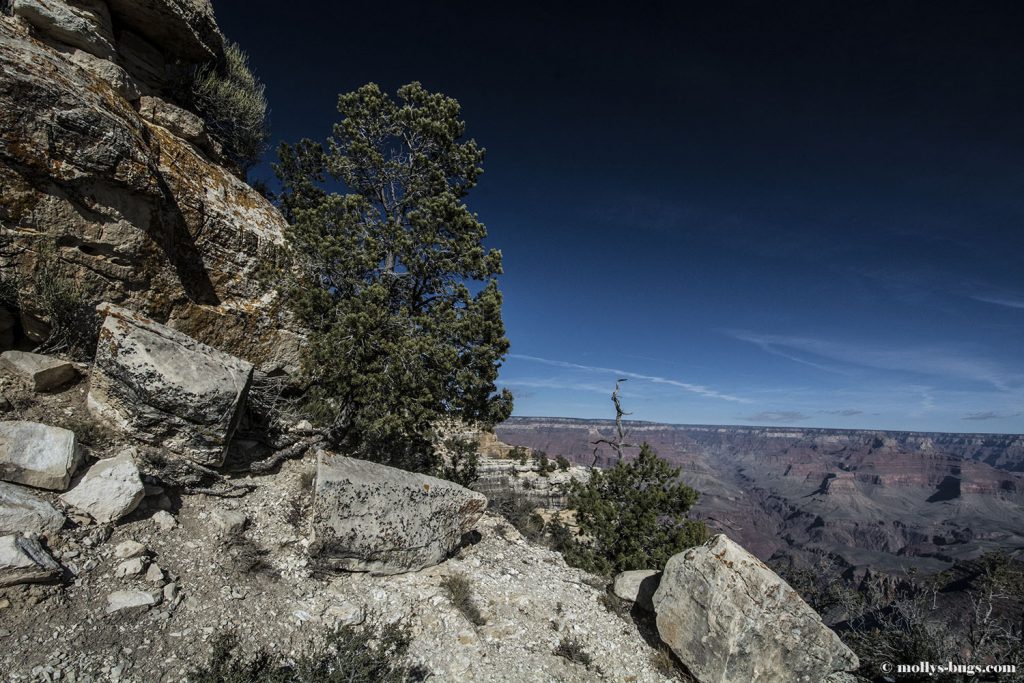
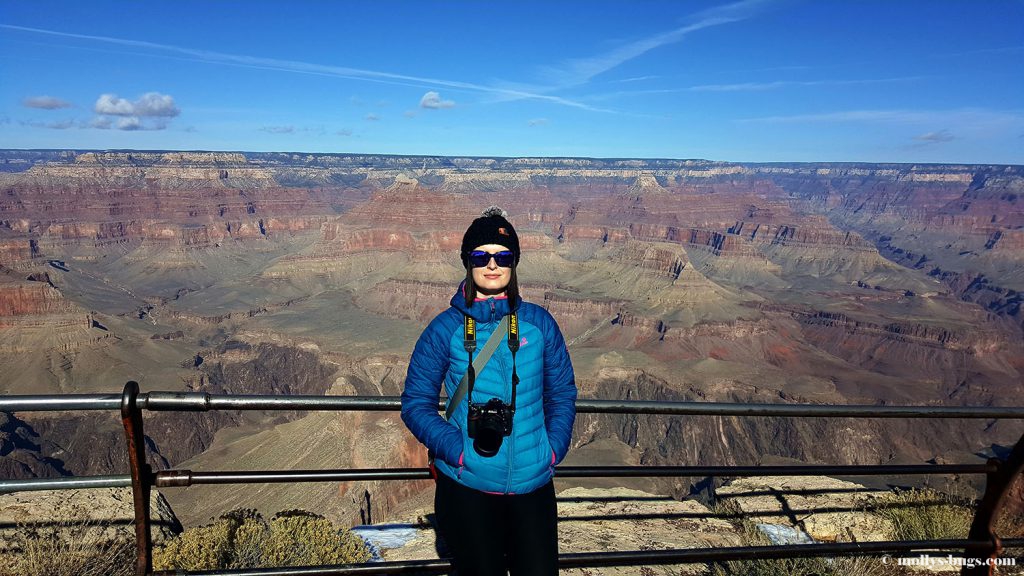
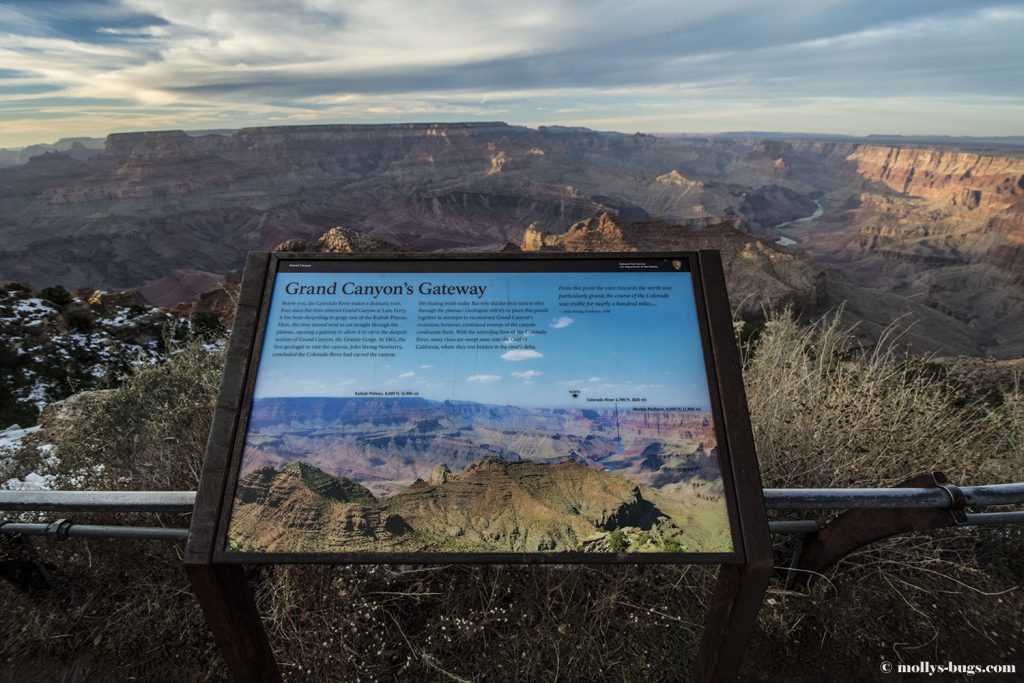
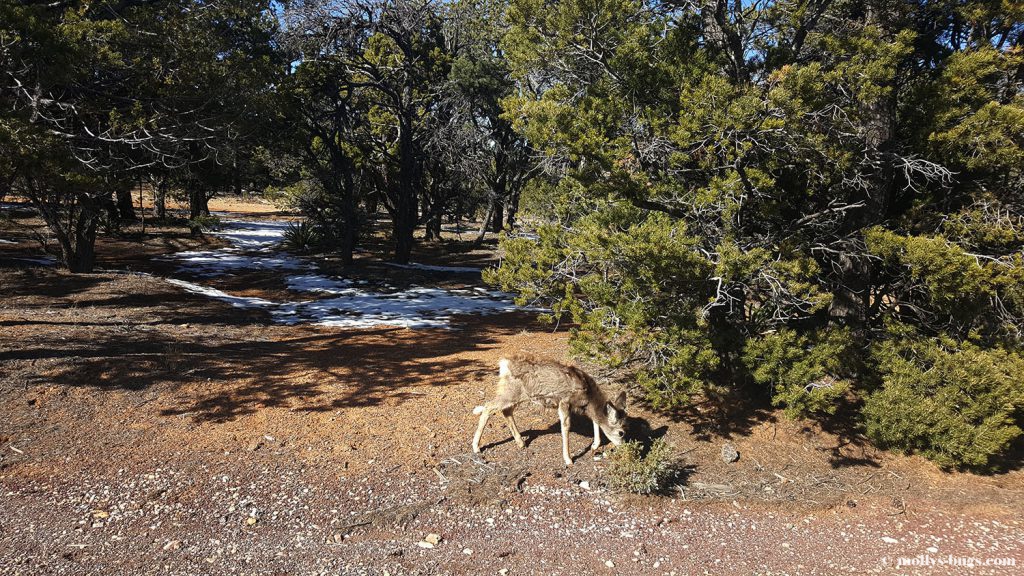
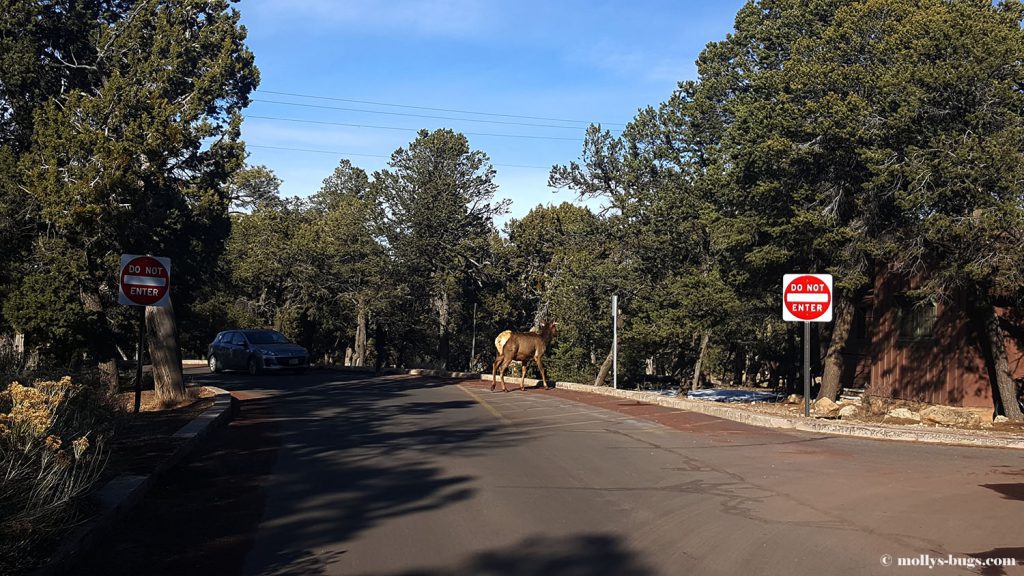
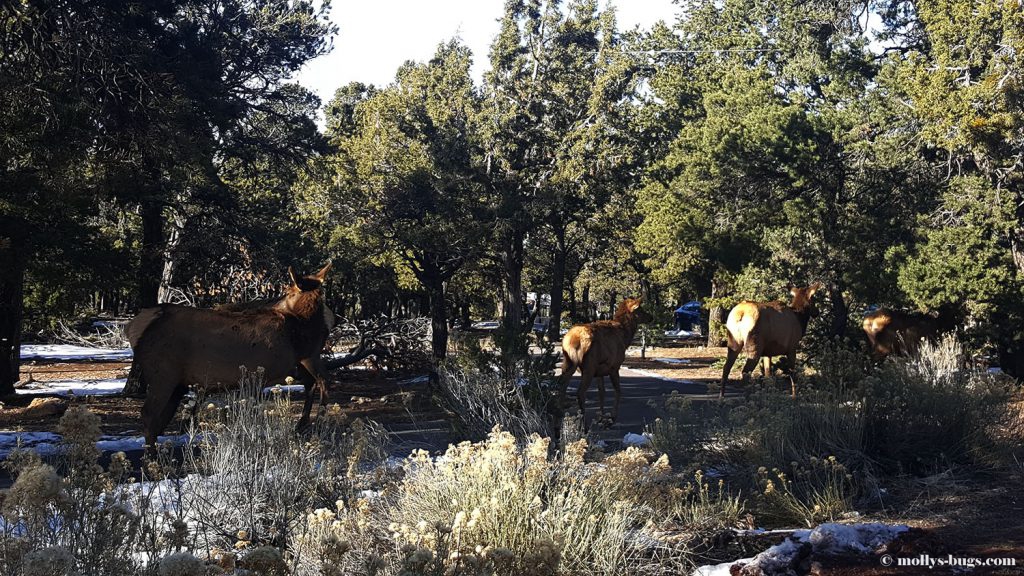
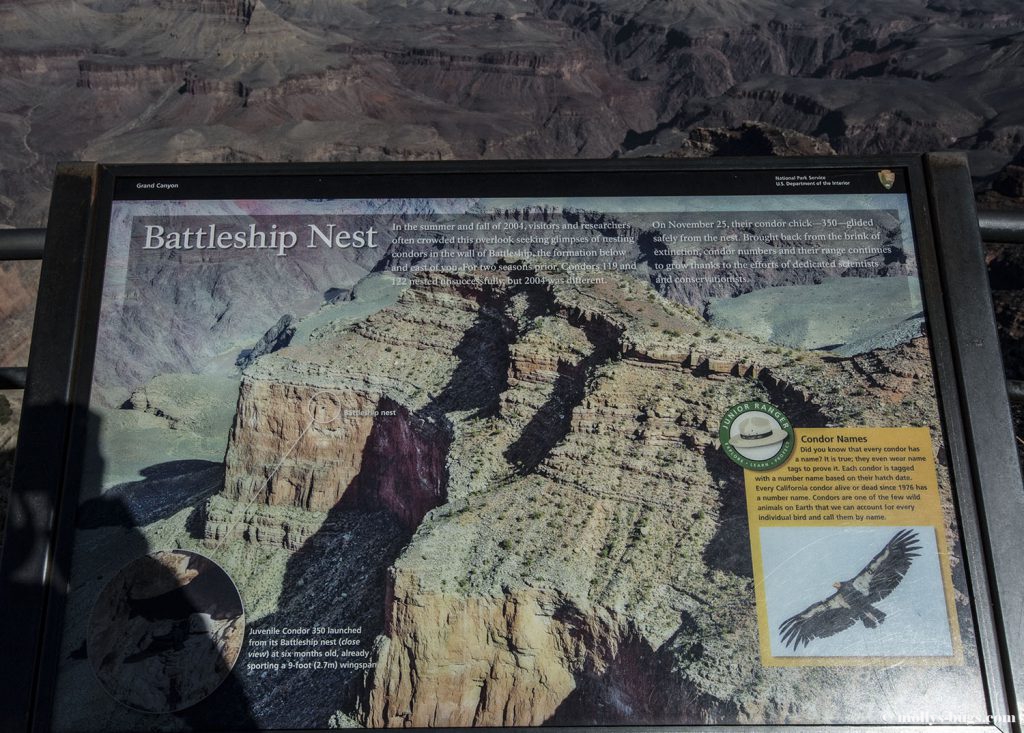
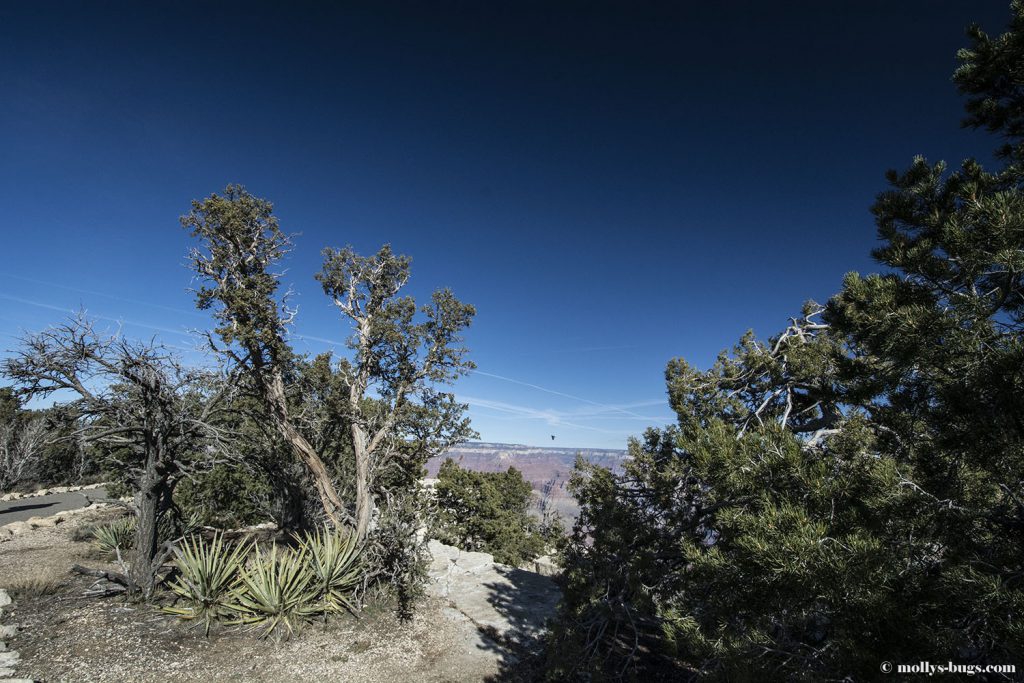
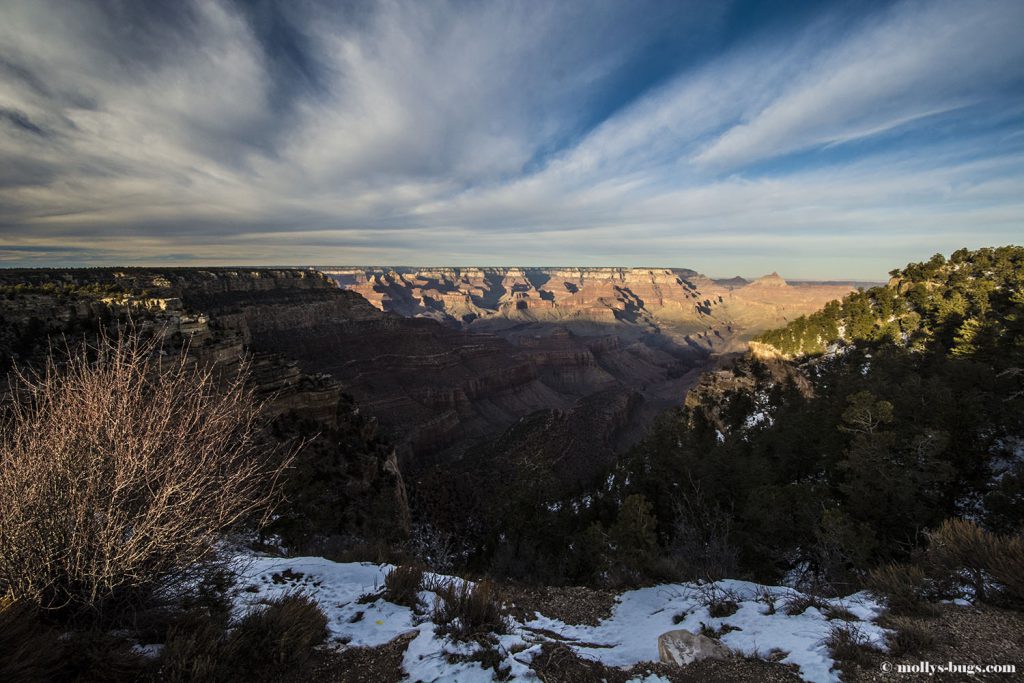
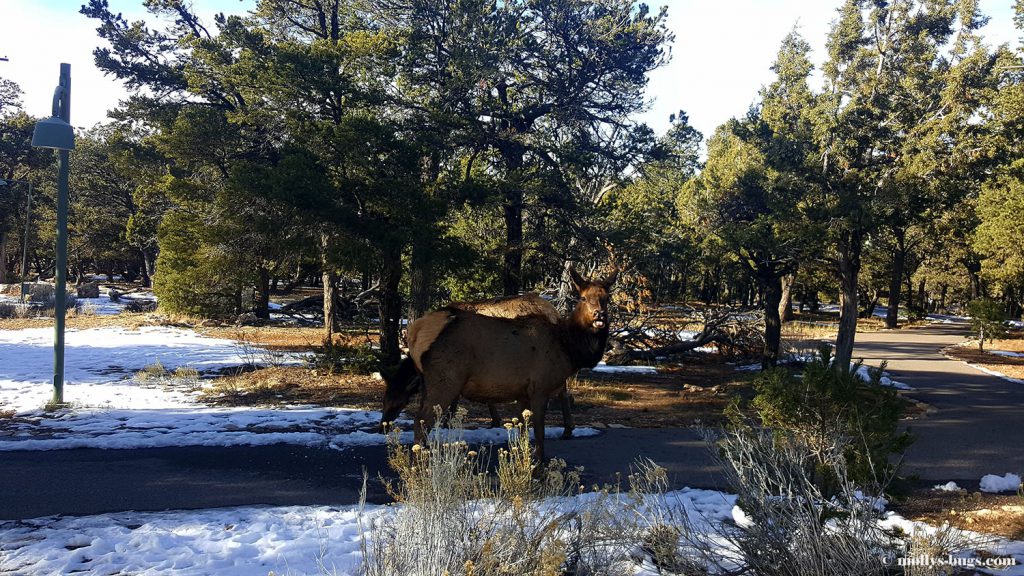
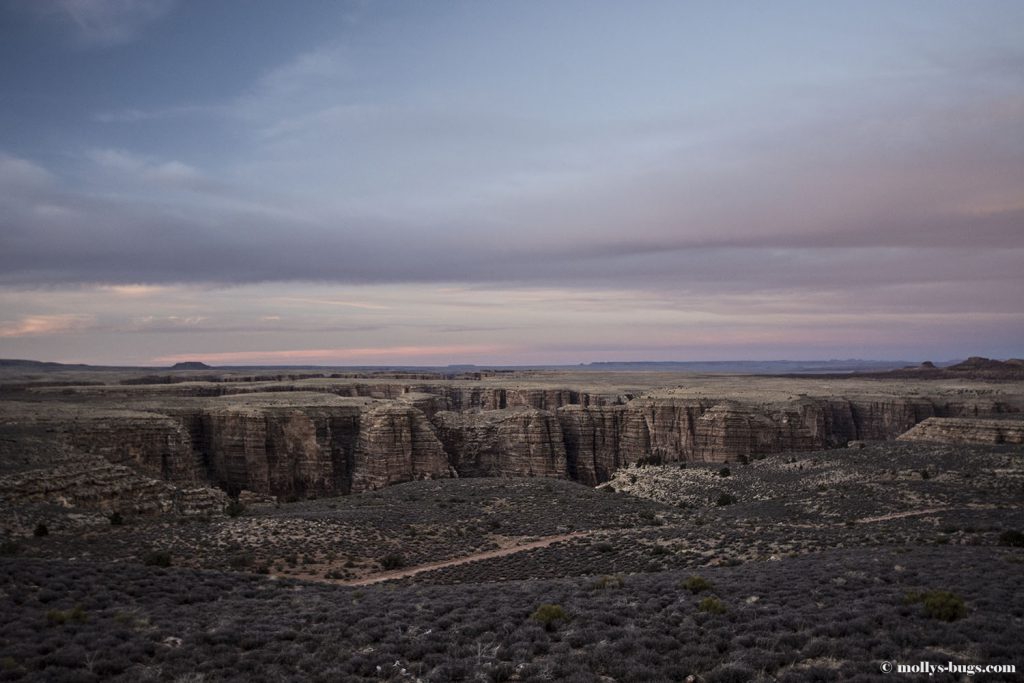


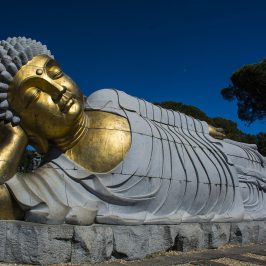



Leave a Reply